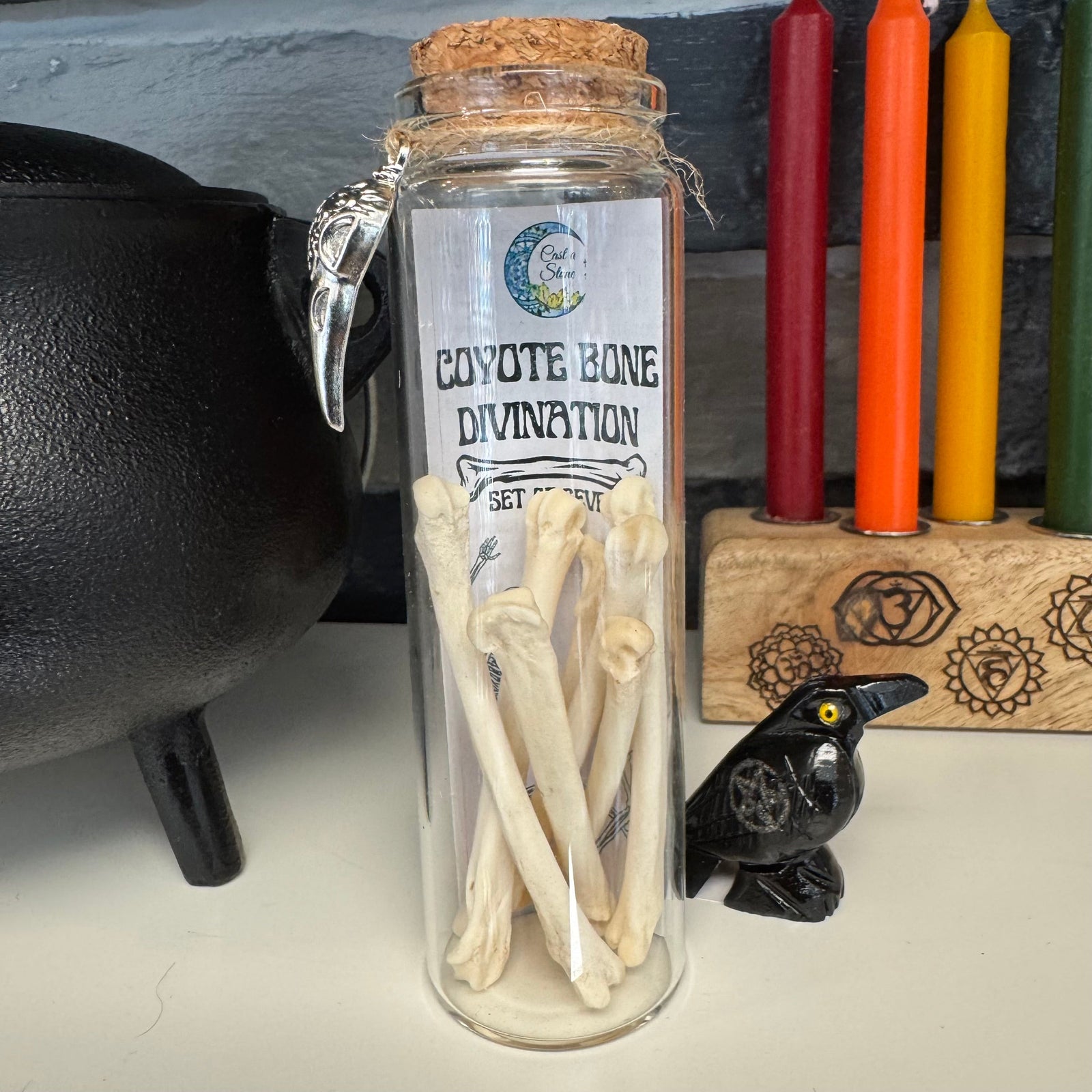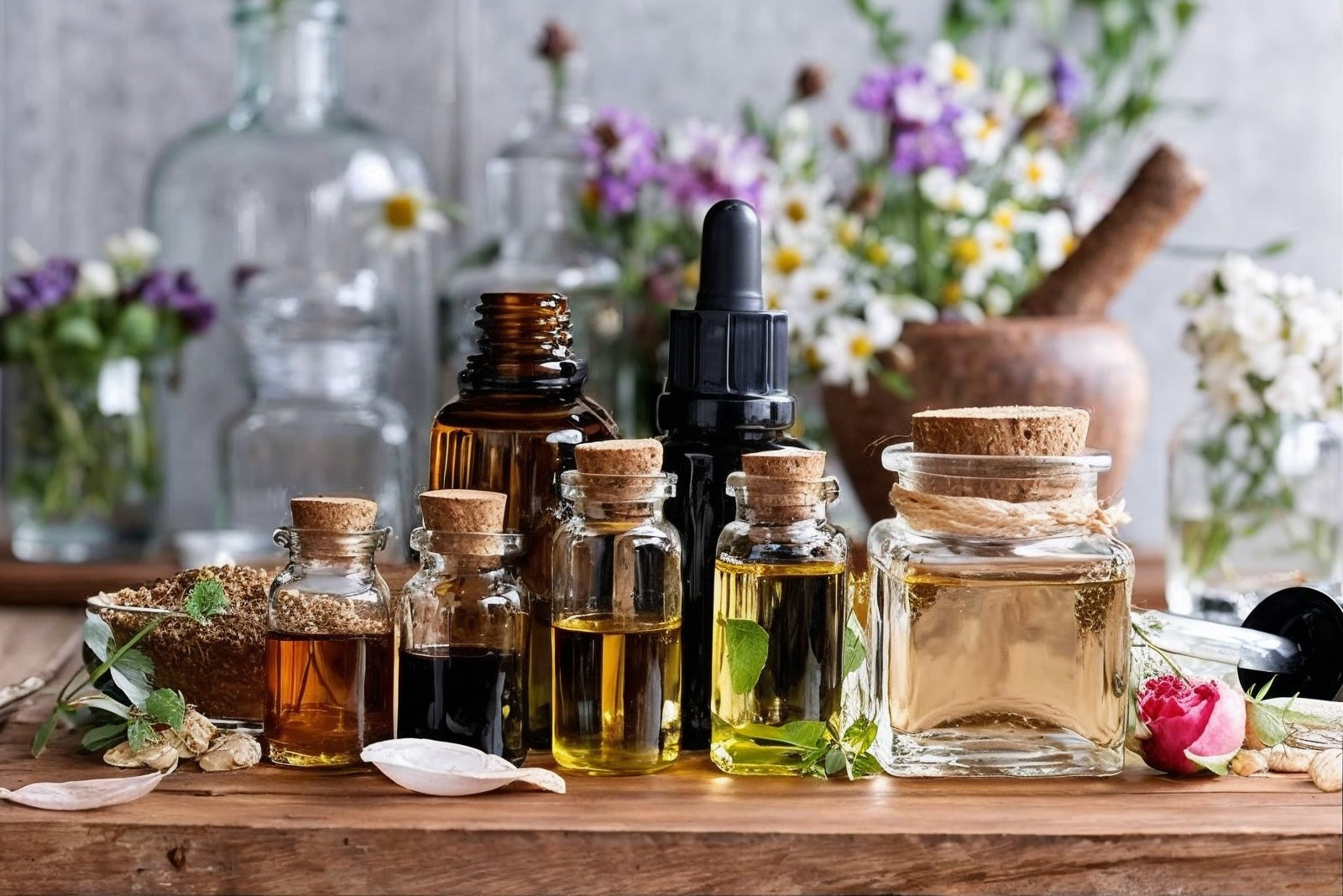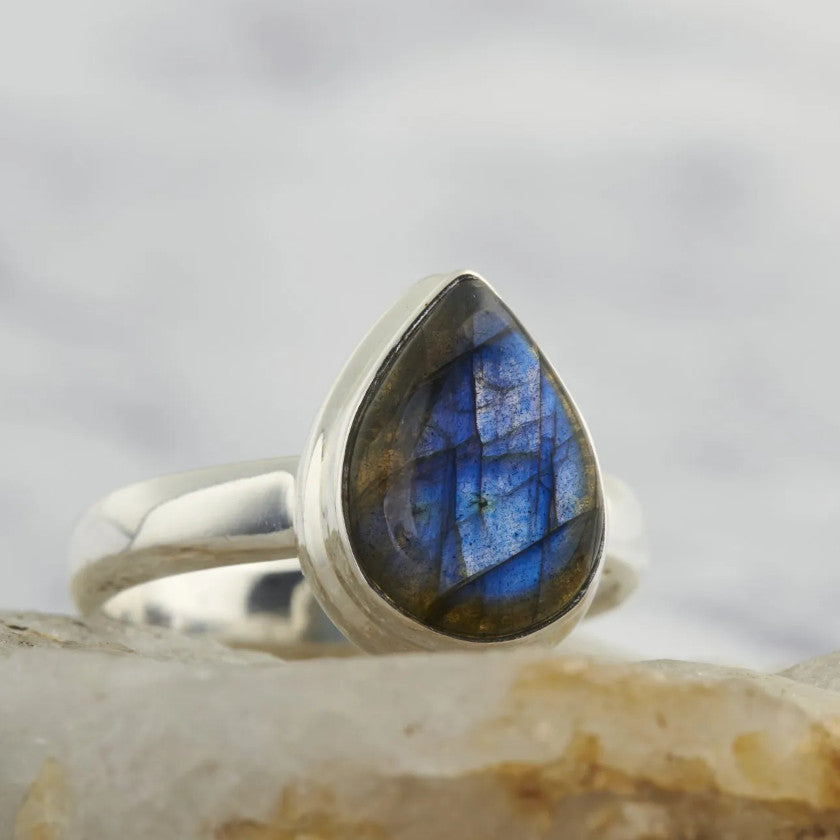✨In-Store Hours: 10am to 5pm Every Day!✨
✨In-Store Hours: 10am to 5pm Every Day!✨
CRYSTALS & MINERALS
Books & Tarot Decks
Good Vibes
Collectibles & More

Comprehensive Guide to Air Plant Care: Ensuring Optimal Growth and Health
Comprehensive Guide to Air Plant Care: Ensuring Optimal Growth and Health
Welcome to our super informative air plant care guide, your one-stop shop for ensuring these cool plants thrive. Unlike regular potted plants, air plants (officially called Tillandsia) have special needs that, when met, result in beautiful foliage and healthy specimens.
Understanding Air Plants
What Are Air Plants?
Air plants are epiphytes, meaning they don't require soil for growth. Instead, they absorb nutrients and moisture through their leaves, making them a fascinating addition to any indoor or outdoor space.
Types of Air Plants
There are numerous species of air plants, each with its own characteristics and care needs. From the classic Tillandsia ionantha to the exotic Tillandsia xerographica, understanding the specific requirements of your air plant is crucial for successful care.
Discover Premium Air Plants at Castastone: Starting at $5.99
Elevate your air plant care experience with our premium selection available at Cast a Stone. We offer a diverse range of air plants, starting at just $5.99, allowing you to enhance your living space with these captivating botanical wonders without breaking the bank. Our carefully curated collection features various species, ensuring there's a perfect match for every enthusiast, whether you're a seasoned air plant aficionado or just beginning your plant journey. Explore our online store now and bring the beauty of air plants into your home, effortlessly merging style and nature.
Key Factors for Air Plant Health
Light Exposure
Air plants thrive in bright, indirect light. Place them near a window or under artificial grow lights for at least six hours a day. Avoid prolonged exposure to direct sunlight, which can lead to leaf burn.
Proper Watering Techniques
Watering air plants is an art. Submerge them in room temperature water for 20-30 minutes every one to two weeks, allowing them to thoroughly dry upside down afterward. This mimics their natural rainforest habitat and prevents water from collecting at their base.
Air Circulation
As the name suggests, air plants rely on air circulation for nutrient absorption. Ensure good airflow by placing them in well-ventilated areas and shaking off excess water after each watering session.
Temperature and Humidity
Maintain a moderate temperature between 50°F to 90°F (10°C to 32°C) and a humidity level of 60% or higher. Avoid exposing air plants to extreme temperature fluctuations.
Troubleshooting Common Issues
Overwatering
Overwatering is a common pitfall. If your air plant's base becomes dark or black, reduce watering frequency and improve ventilation to prevent rot.
Insufficient Light
If your air plant's leaves start to curl or lose their vibrant color, it may not be receiving enough light. Adjust its placement to ensure it gets adequate, indirect sunlight.
Pest Control
While air plants are relatively pest-resistant, occasional issues may arise. Gently remove pests with a soft brush or cotton swab, and consider a neem oil solution for persistent problems.
Cultivate Natural Elegance: Mastering Air Plant Care
With the insights gained from this comprehensive guide, you're now well-prepared to cultivate your air plants to perfection. Keep in mind that each species may have distinct needs, requiring you to keenly observe and adjust care routines accordingly. Striking the ideal balance of light, water, and airflow will reward you with a flourishing and vibrant air plant collection, seamlessly infusing a touch of natural elegance into your surroundings.
Leave a comment
Comments will be approved before showing up.
Also in Cast a Stone Blog

Bone Divination with Coyote Foot Bones: A Beginner’s Guide
by Lisa G
Discover the ancient art of bone divination! ✨ Our ethically sourced Coyote Foot Bone Divination Sets helps you connect with spirit, seek guidance, and unlock intuitive insights. Learn how to get started, assign meanings, and interpret your readings in this beginner-friendly guide.

Essential Oils in Magic: A Guide to Magical Properties & Uses
by Lisa G
Categories
Subscribe
Sign up to get the latest on sales, new releases and more …














